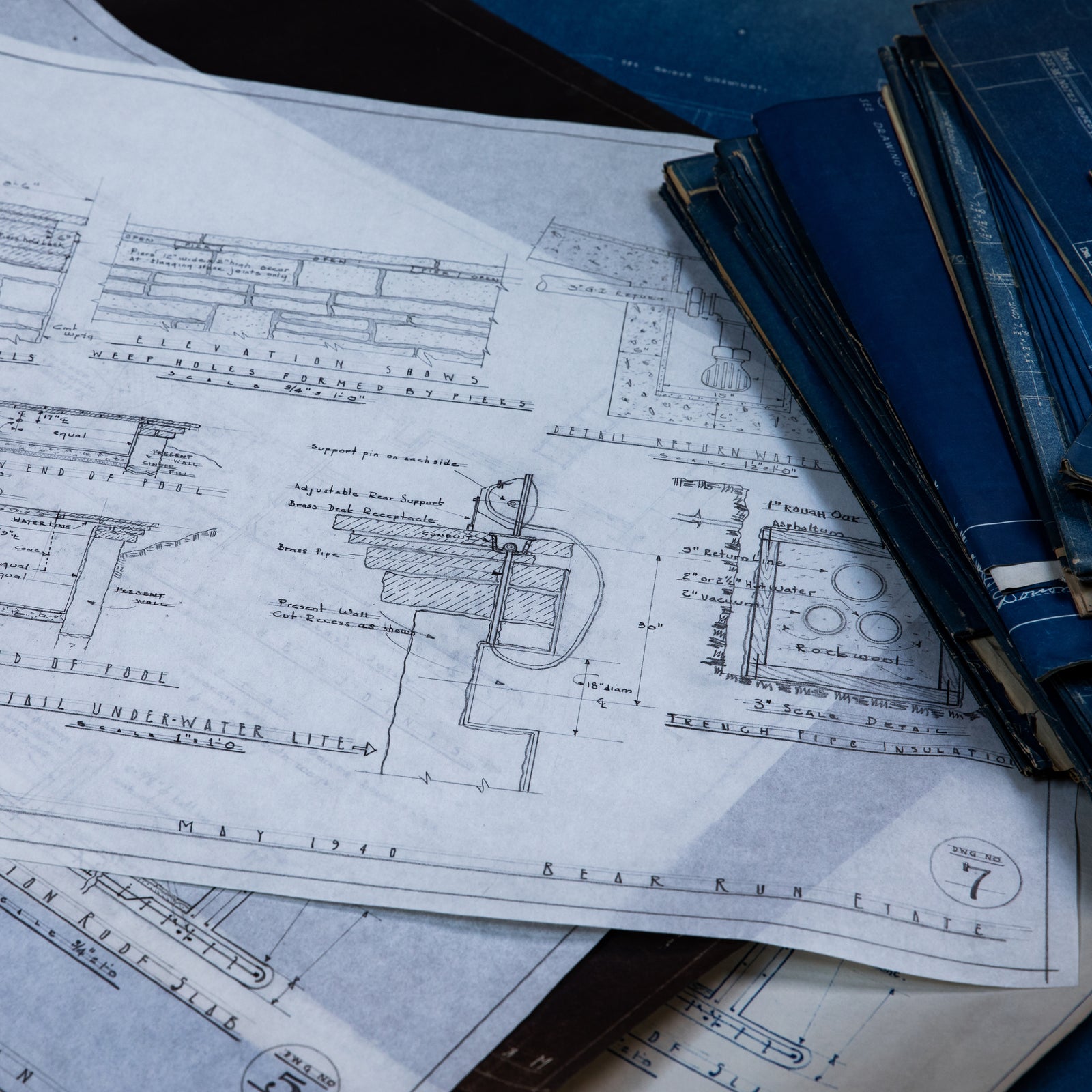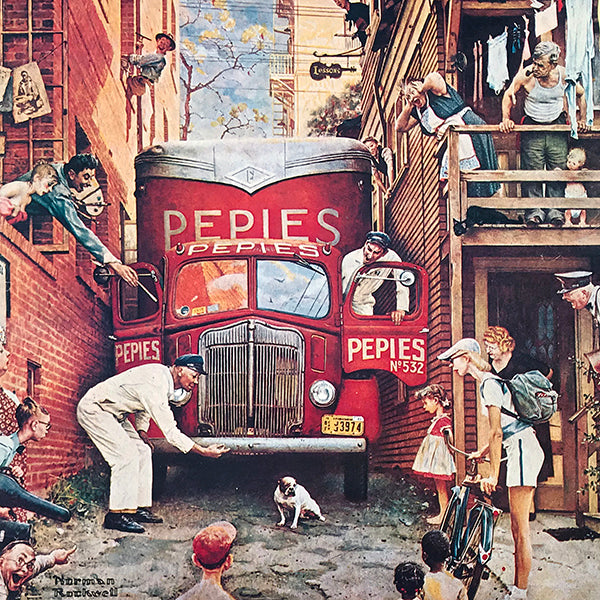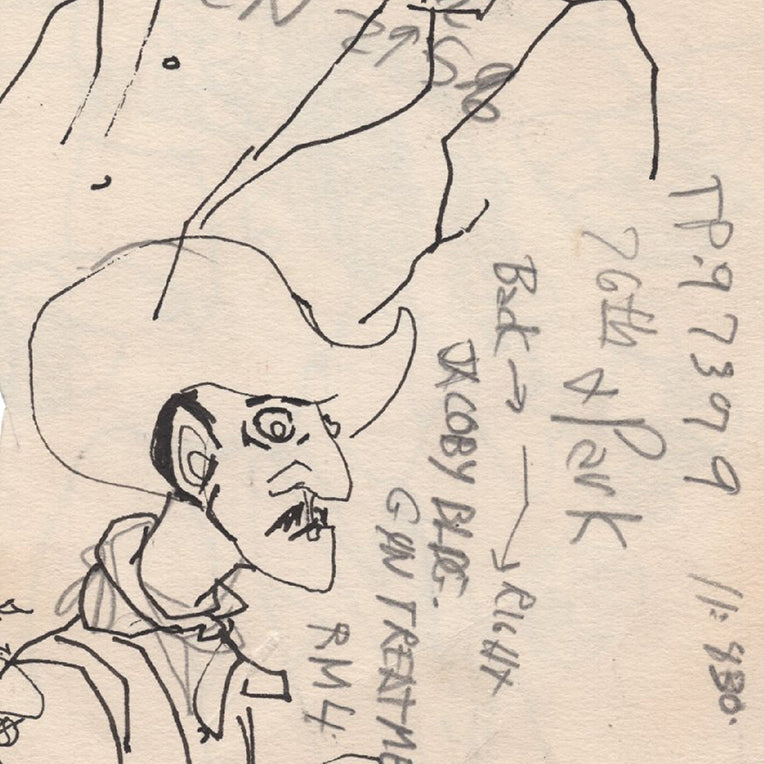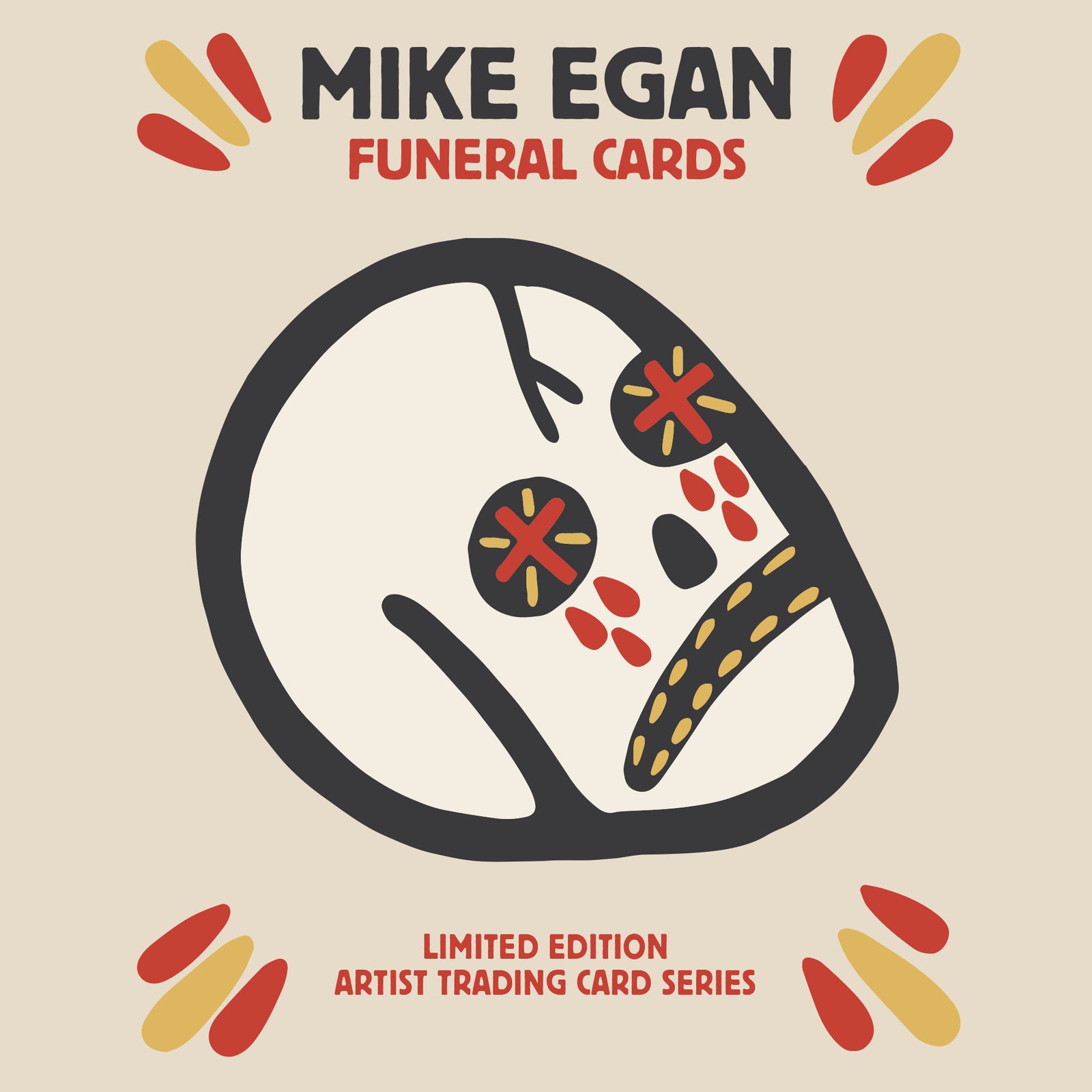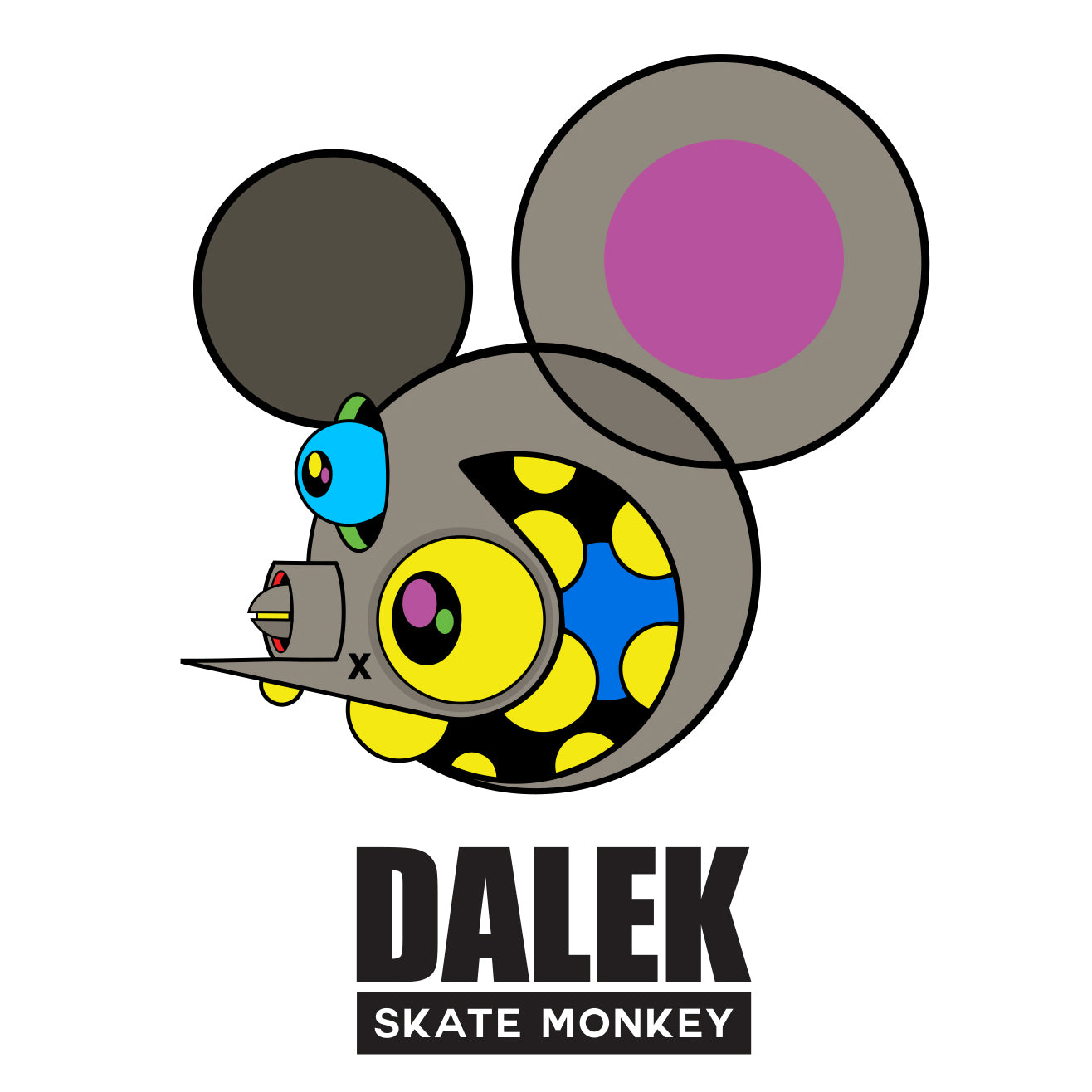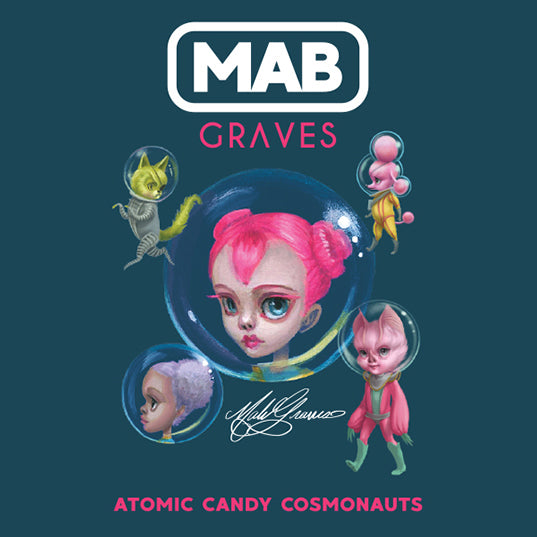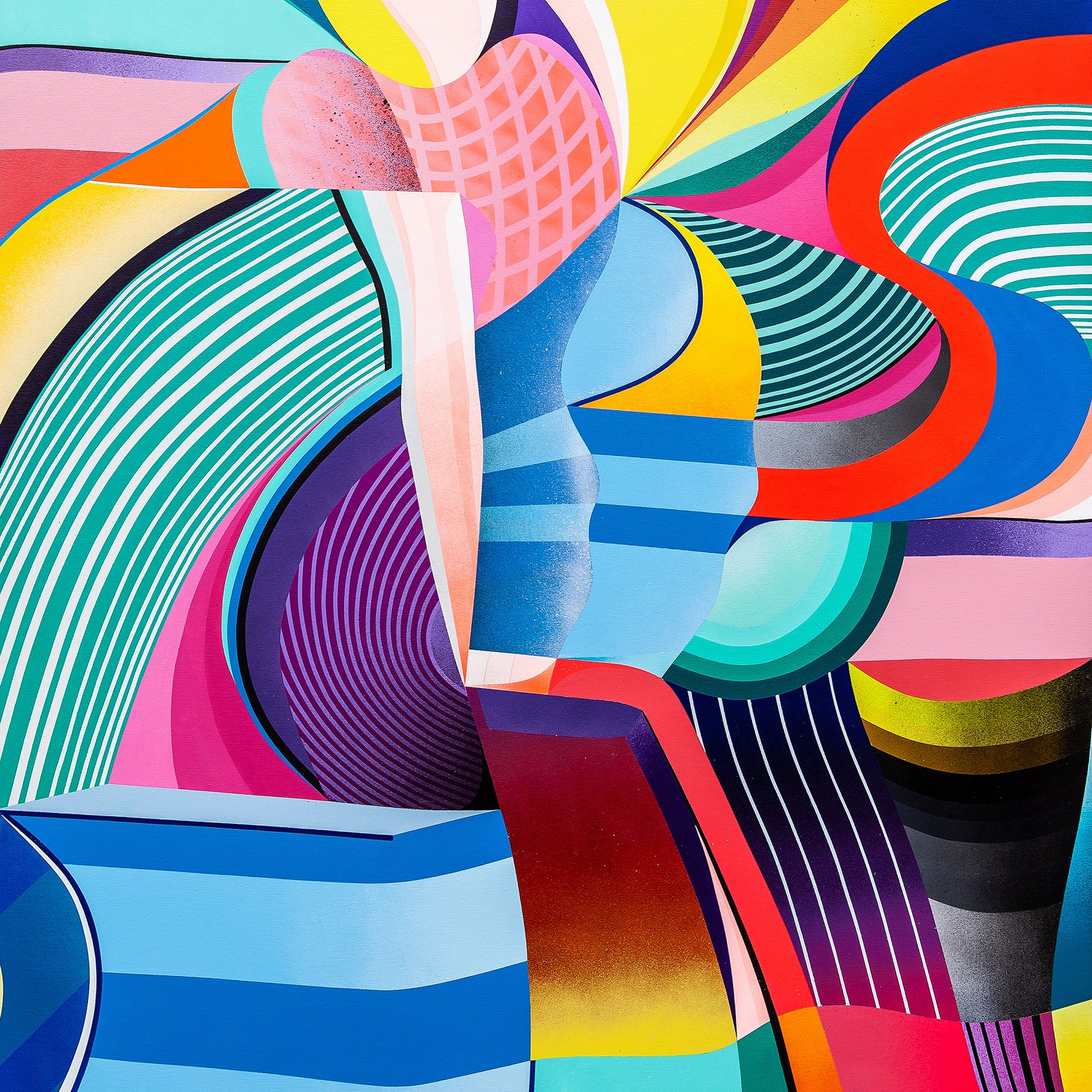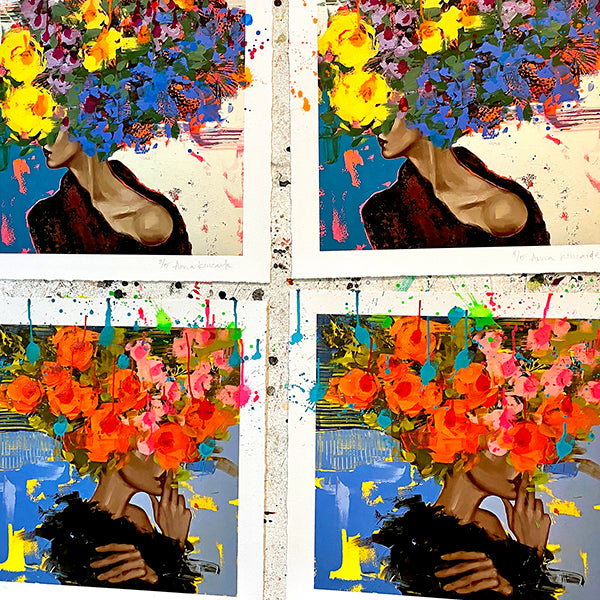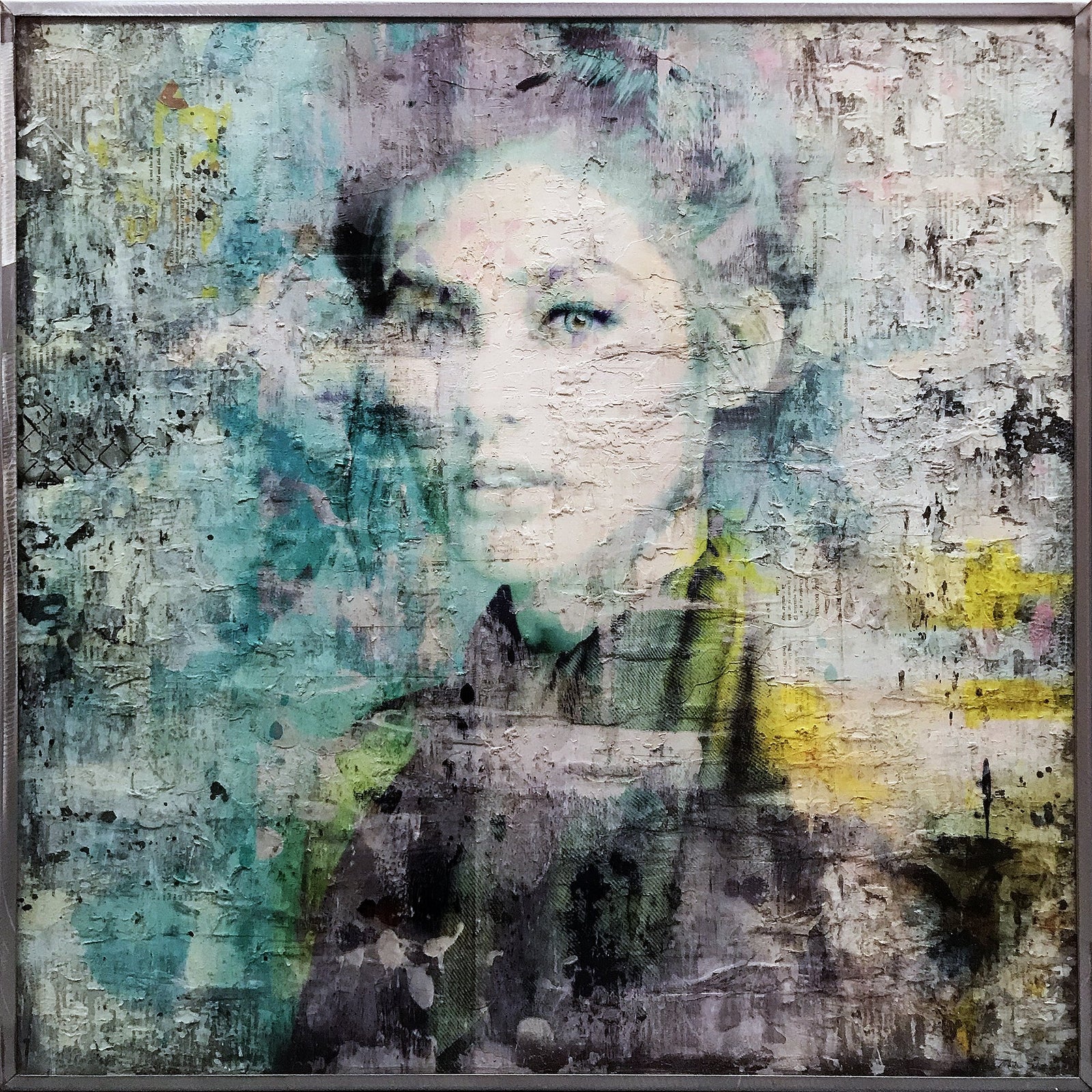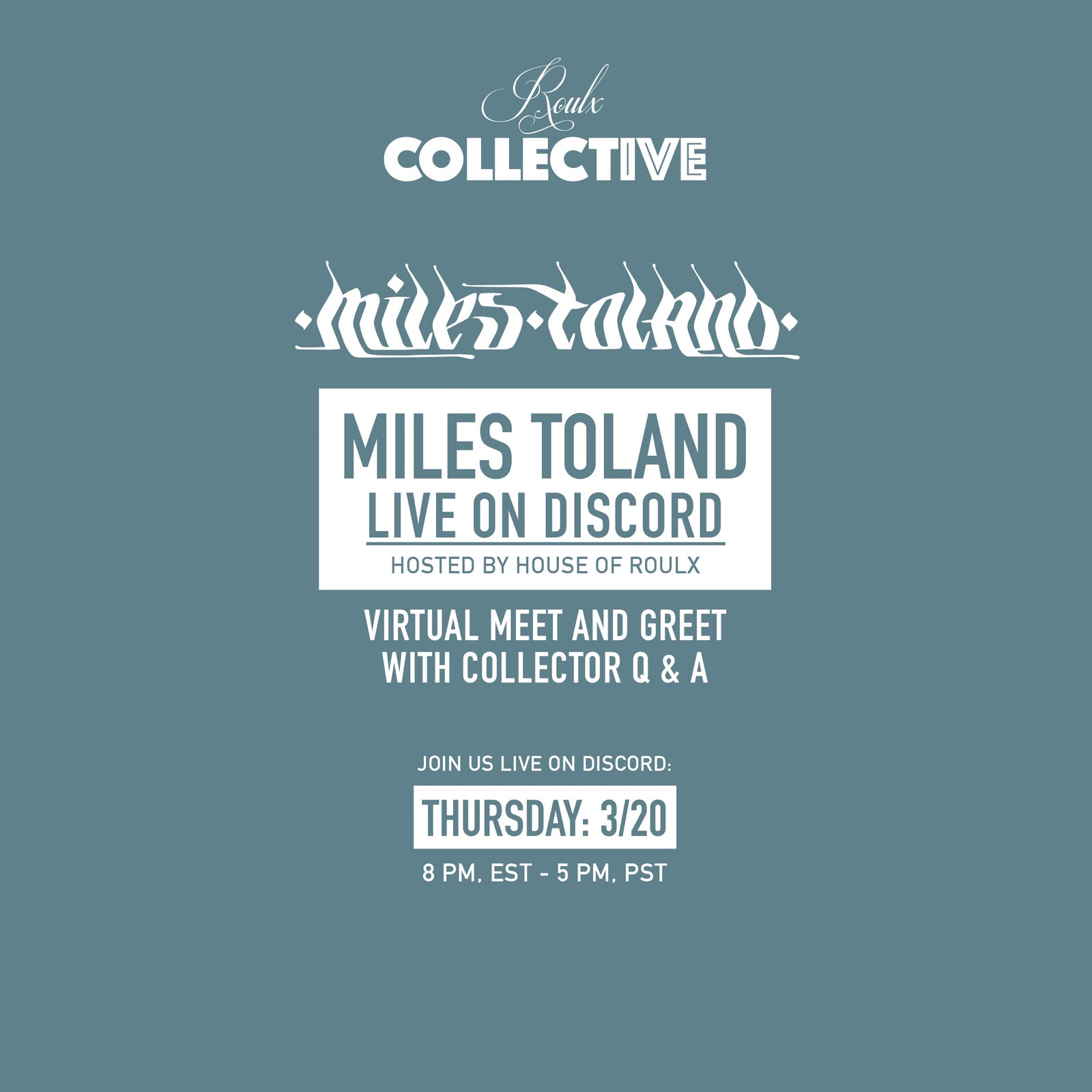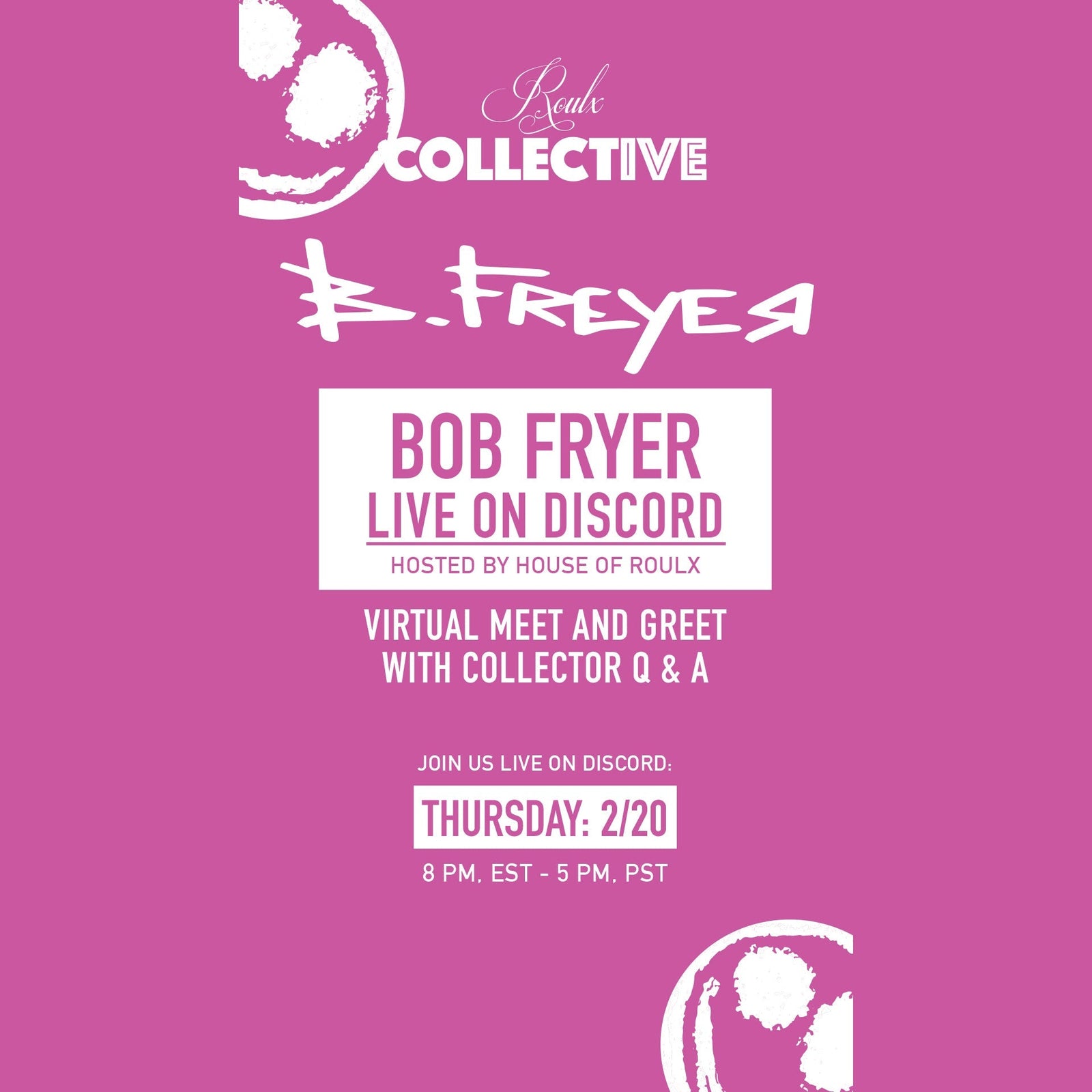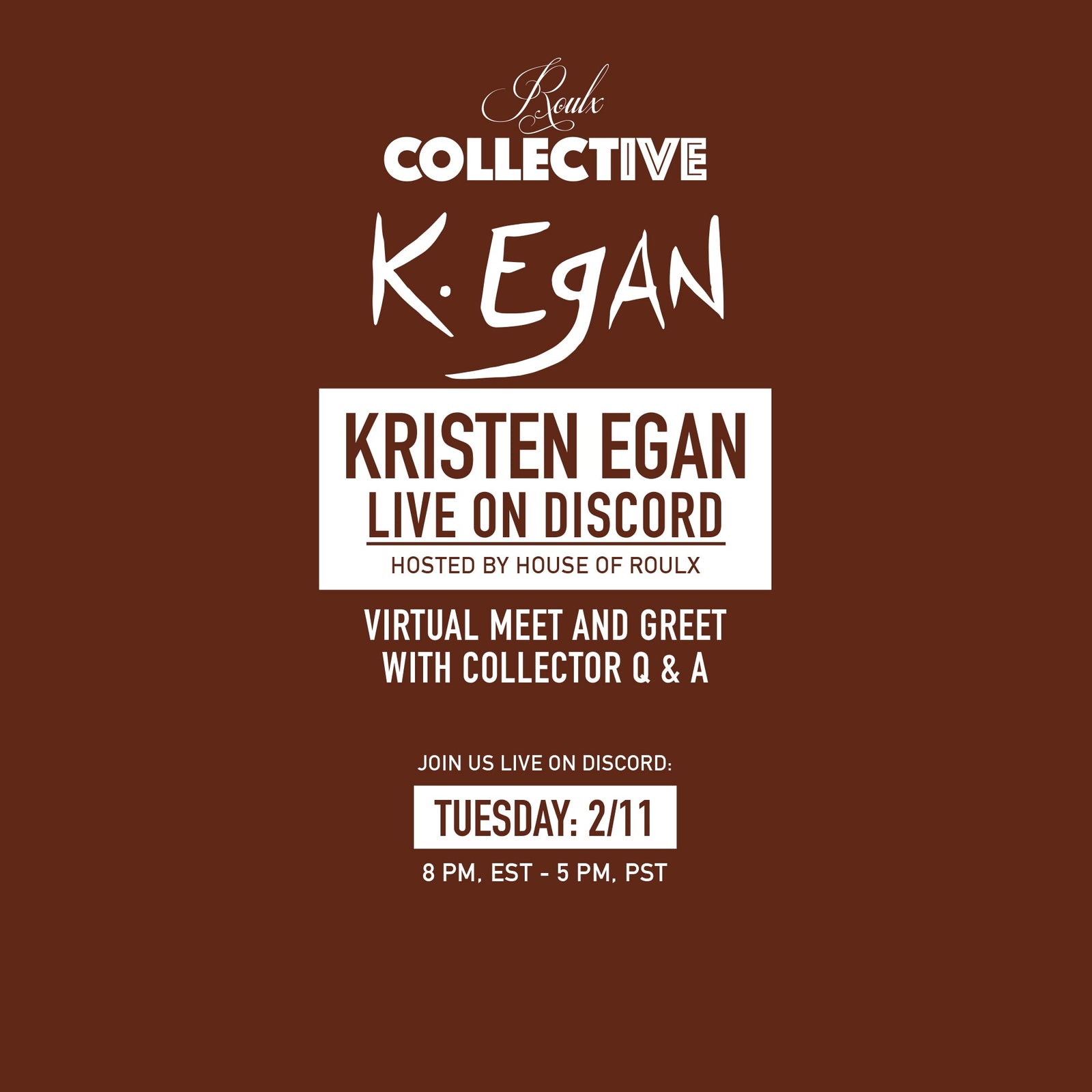VIEW OUR "BODY ELECTRIC" EDITION
SATURATED EMPATHY: THE PORTRAIT MAKING WORLD OF M.K. KOMINS


CAN YOU TELL US ABOUT YOUR CHILDHOOD? WERE YOU AN ARTIST THEN?
I think all of us are artists in our childhood. The biggest difference between creative grown ups and children is that we just never stop for one reason or another. Usually people get discouraged somewhere along the way either externally or internally and stop finding joy in it or don’t see the financial benefit to nurturing this part of them. To me that’s a great tragedy. I drew constantly, I went to a lot of museums with my family but I also really loved to pick things apart and find the art in them. I remember being 4 or 5 years old watching cartoons and thinking “these are pictures, this is art” (whatever that term meant to me then). I knew that someone had created it and it didn’t diminish the magic for me, it was more magical. I always knew I wanted to make real magic in my life.
WAS THERE EVER A TIME WHEN YOU DOUBTED WHETHER OR NOT YOU COULD “MAKE IT” AS AN ARTIST?
Hahaha, I still constantly doubt whether or not I can make it or if I have made it or if making it is even a measurable idea. The more success I find, the more my metric for having “made it” evolves. But I think that’s a healthy thing. Having new goals and allowing room for your dreams to evolve is what keeps me and some many creative professionals going. More importantly, it pushes me to keep growing. Getting too comfortable or stale is the fastest way to get stuck and when I feel like I’m not pushing myself to a healthy degree, I get into creative ruts. I think “making it” is like falling in love; at some point you realize you just are in love with someone but it’s not like there isn’t deeper to fall.
IS THERE ANY ANECDOTE THAT YOU THINK HAS HAD AN IMPACT ON YOUR ART AS A WHOLE OR A SPECIFIC PIECE? IF SO, PLEASE NARRATE.
There have been a few pieces I made that have had a really positive response and through social media reach or publication, gained me a bigger audience or opened new doors for me. The first painting I made that was reshared by Beautiful Bizarre Magazine in 2018 really stands out. A friend in texas commissioned me to paint a psychedelic goat baby that sort of blew up when I shared it on my Instagram. That led to several curators reaching out, putting me in shows and I still have relationships with them. Those kinds of connections are so incredibly important to nurture, especially in the early stage of your career because you never know who’s eyes are going to be on your work once you have a handful of advocates in your corner.

A LOT OF ARTISTS MIGHT BE INTERESTED TO HEAR HOW YOU GOT YOUR FIRST GALLERY SHOW. CAN YOU SHARE THE STORY?
I got sober in 2014 and was living in Baltimore, Maryland for a few years just trying to rebuild my life and figure out how to get back on track creatively. I started going to very small, DIY gallery shows and art events just to immerse myself in a community of fellow makers and from there I started making real friends who were also producing things and putting their work out there. I entered some things into a few open calls in very small, local spaces just to get a boost of confidence that my art could hang in spaces. I think it’s important to have big goals and even bigger patience. I knew I wanted to show in big galleries across the world and work on projects with wide audiences but I had to establish to the art world, and much more importantly to myself, that I could handle that. Start small. When I moved back to Philadelphia, I repeated the process and spent a lot of time showing my face in the places I wanted to be involved with. I entered an open call at a great local artist collective and that really sparked my enthusiasm for fine art. The piece never sold but it was so well received that I used the energy and momentum that came from it and kept going, applying to open calls in magazines and eventually people started courting me to show rather than having to convince them my work was worth it. I also really encourage people to get used to rejection. Eventually your audience will find you organically even if you keep trying and failing, you’re still building a career foundation, a CV and a body of work.
AS AN ARTIST WHO HAS EXHIBITED IN GALLERIES IN MULTIPLE COUNTRIES, WHAT HAS BEEN YOUR EXPERIENCE WITH “THE ART WORLD”? IS THERE ANYTHING THAT NEEDS TO CHANGE?
I think there’s still an imbalance with the kinds of art that get taken seriously and the kinds of artists that get a platform, but even in the short amount of time that I’ve been showing I’ve noticed a shift. The power dynamic is more in the hand of the viewer/consumer and that has helped dictate what kind of art is deemed valid and valuable with things like social media (even though I have massive problems with social media like all of us do). There has been a real push to show more women, artists of color and create a more diverse art world which I am tremendously grateful for and in favor of. I’ve been in two shows that were all women artists and the support within the community for more of that is really impactful. The gatekeepers of the art world are still mostly men because of the nature of our societal power structure, but I don’t think you have to hide who you are in the same way to fit into their agenda. There’s also a much more diverse gallery world and lots of spaces that are committed to showing new and different kinds of work. I’d like to see established galleries be braver and more willing to show new artists. Taking risk is what being an artist is all about but it’s still difficult to prove that risks are valuable in such a money driven world. I’ve also really embraced my mixed-media work and am very dedicated to having digital art be held in higher regard. I use a lot of digital and traditional media combinations in my fine art and feel that the more I and other artists do that, the more traditional institutions will start to embrace it.
IS THERE ANYONE IN YOUR PERSONAL LIFE, WHO STANDS OUT AS REALLY ENCOURAGING YOU IN YOUR ARTISTIC JOURNEY? IF YES, CAN YOU NARRATE AN INCIDENT?
My dad has always been an incredible champion of me and my work. Both of my parents supported my decision to go to a creatively nurturing high school and leave public school when I was a teenager after I was suicidal and desperately lonely. I have a pretty strained relationship with my mom for seperate reasons but they both were supportive of me going to Parsons when I decided I wanted to continue my art education because I think they not only believed in my talent, but saw that I was intensely serious about making it a career. More than a career, it’s always been my calling and I am very, very fortunate to have people who want me to do what brings me joy above all else. My partner is also an unbelievably supportive person. His ability to give me the room and encouragement to really go for the things I want have a direct impact on my confidence and strengthen my drive, especially when I’m feeling dark or lost or unworthy.

Dad, For Glass Fists by M.K.Komins
MUCH OF YOUR ART COULD PERHAPS BE CATEGORIZED AS SURREALIST PORTRAITS. ARE THESE PORTRAITS BASED ON PEOPLE YOU KNOW, AND IF SO, HOW MUCH OF THE PERSON’S REAL LIFE PERSONALITY DICTATES THE SURREALIST ASPECT OF WHAT HAPPENS IN THEIR PORTRAIT?
The vast majority of my portraits are people I know personally. Sometimes I make more abstracted and general paintings of imagined people, but I find that my work is simply better when it’s pulling from reality and I have an emotional connection to it. Most of the time, I just really like someone, think they’re fascinating and want to paint them. A lot of the people I paint are people I have shared at least one meaningful experience with because painting someone’s likeness requires trust. They have to trust my vision and taste and be willing to see themselves in a new way through my eyes and I don’t take that lightly. There’ve been people I love who I asked to paint who weren’t comfortable with it and I always respect and understand their reasons. Holding onto your image is difficult for some many reasons today and if someone is willing to let me have it, I want to honor it. I like to have a session in my studio whenever I can when I decide I’m going to paint someone where we just sit and talk for hours, I take some reference photos and we connect. It’s a bonding and trust building experience and I also think it’s important to let my guard down and let them into my space because they’re in a vulnerable position so I want to offer them the same vulnerability. They don’t have control over what I do with their image after that point so connecting on a human level makes us equals. Usually when I’m starting a piece or a series, I don’t have a big vision of what I want it to look like. I start to assign meaning to my art as I make it and often don’t know what the final point is until it’s all done and I can step back and realize what I’ve done. I find that I have better results this way; it’s more organic and
I’m not forcing myself to stick to some rigid point but letting my subject and the artistic process work it’s magic so to speak. I really love the process of studying someone and what I decide to distort or abstract is very stream of consciousness. Whatever part of their personality or feature I’m drawn to is what gets the surreal treatment because I like to take their uniqueness and celebrate it by depicting it in a fantastical way they wouldn’t be able to see by just looking in a mirror.
YOUR ART INVOLVES MANY STEPS AND MEDIUMS. HOW DID YOU “DISCOVER” THIS IS WHAT WORKED FOR YOU?
Really just by trial and error. I love digital painting, I love painting and mark making with my hands with traditional mediums. And for a very long time I felt torn because I believed these had to be seperate ideas. Once I reached a point where I felt like I was limiting myself, I gave myself permission to have fun again and try new things. Exploring is such an important part of the creative process and once artists figure out what works for them, they tend to hit walls where they are afraid to try new things again, especially if they’ve reached a level of financial success. I understand that instinct and fall victim to it often, but the best way to grow is to push past that fear and try something you aren’t comfortable with. For me, I had access to the right things at the right time and my curiosity drove me to my current process. I inherited an industrial plotter printer from a wall decor graphics company that I worked for that went out of business and was using it to make prints before I wondered what else I could do with printed ink on canvas.
YOU DESCRIBE YOUR PROCESS AS “A PRACTICAL APPLICATION OF [HER]QUEST TO EXPLORE AND EXPOSE EMPATHY”. CAN YOU ELABORATE ON THIS?
The way that I make fine art involves me destroying a piece to a degree before I can rebuild it and call it finished. I do some digital color and painting and print that out on treated canvas. Most people would call that finished and not want to undo that work because it’s time consuming and printing supplies are reaaaally expensive. I consider these prints underpaintings, and often exclude the detail from the initial print. I use destructive chemicals a lot of the time like acetone to “erase” or manipulate the printed pigment and blend it together or reveal raw canvas underneath, then I glaze it with mediums and paint an image back over top of it. It not only allows me to have really vibrant, glowly color behind my work but it’s symbolic of my artistic statement; exposing and exploring empathy requires you to destroy your preconceived ideas about other people before you can rebuild a new idea.
WHY DOES EMPATHY PLAY A CENTRAL ROLE IN YOUR ART?
Because it’s what makes us human. Making art is a uniquely human experience that other species don’t really do and our ability to empathize with people, especially those that differ from us in some way is what allows us to evolve. Combining those two things just seemed natural for me.
DO YOU BELIEVE SOME PEOPLE ARE NATURALLY MORE EMPATHETIC THAN OTHERS? CAN YOU LEARN EMPATHY?
Yes and yes. We’re products of our environment and our upbringing so naturally there are people that have more or less experience than others for a million different reasons. But people are totally capable of great change and personal growth. Usually I learn lessons through pain and hardship and I think we have a lot more freedom than we realize when something negative happens to us in terms of how we process that pain. Empathy is always a choice but that’s not the same thing as being overly tolerant or letting people treat you like shit. Having empathy for someone who is suffering is easy, having it for someone who has hurt you is much harder but it’s just as much for your benefit as it is for them. You can be empathetic to someone and still not want to have a relationship with them. It’s just about understanding that people are as important in their lives as you are in yours.
WAS THERE A MOMENT IN YOUR LIFE WHEN YOU REALIZED YOU MIGHT HAVE MORE EMPATHY THAN THE AVERAGE HUMAN?
I wouldn’t say I have more than the average human, I would just say that I am very in touch with my empathic reserve. I’m more willing to access that when I’m faced with a difficult situation because I have been someone who’s required forgiveness from a lot of people, especially before I got sober. It’s easier for me to understand what might motivate someone to act hurtfully when I think about what motivated me in my darker times.
ARE THERE CONTRADICTIONS IN EMPATHY?
I don’t think so because again, I think people often confuse empathy with advocacy. I can empathize with someone who’s afraid of something and acts hurtfully out of that fear because I know what it’s like to be afraid and act irresponsibly from that place. That’s not the same thing as condoning their behavior or even tolerating it. It just makes how I internalize and respond easier to compartmentalize. Empathy is a big tool in stopping the cycle of abuse.
IN CORONA TIMES, IT’S BECOMING CLEARER AND CLEARER THAT ONLY EMPATHY WILL SAVE HUMANITY. BUT WILL IT?
If we practice empathy, there’s very little we can’t accomplish. I have no control over how we act as a whole but I have total control over myself and as long as I continue to put empathy and tolerance into what I make and how I act towards my community, I know that I am doing my part. I believe that the majority of humans feel this way. In a lot of ways, we are better to each other in a crisis because there’s no room for selfishness when everyone is struggling. Of course there’s always going to be people who disagree and act only in self-interest but people have survived so much through empathy and perseverance. We’re survivors. We want to survive and we want each other to survive. I think that is our saving grace.


